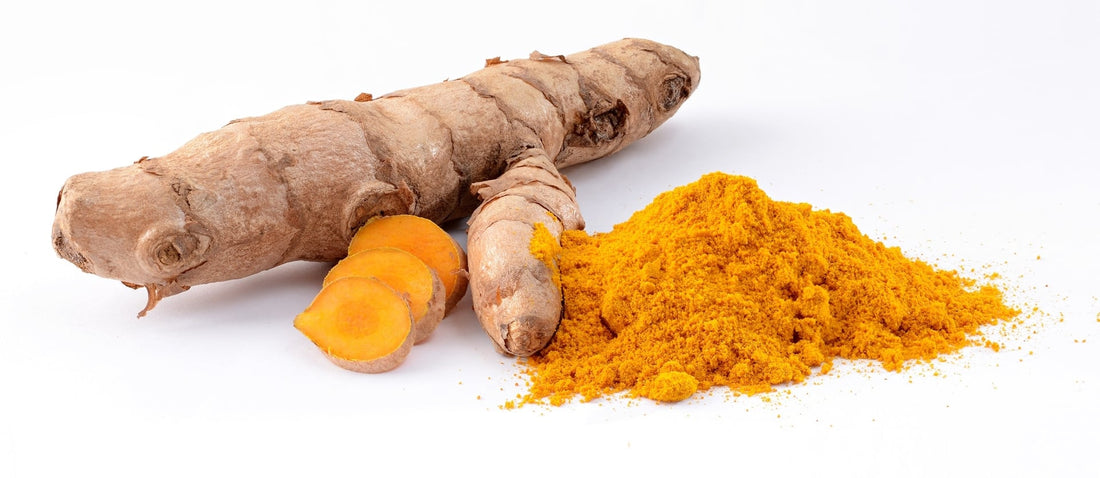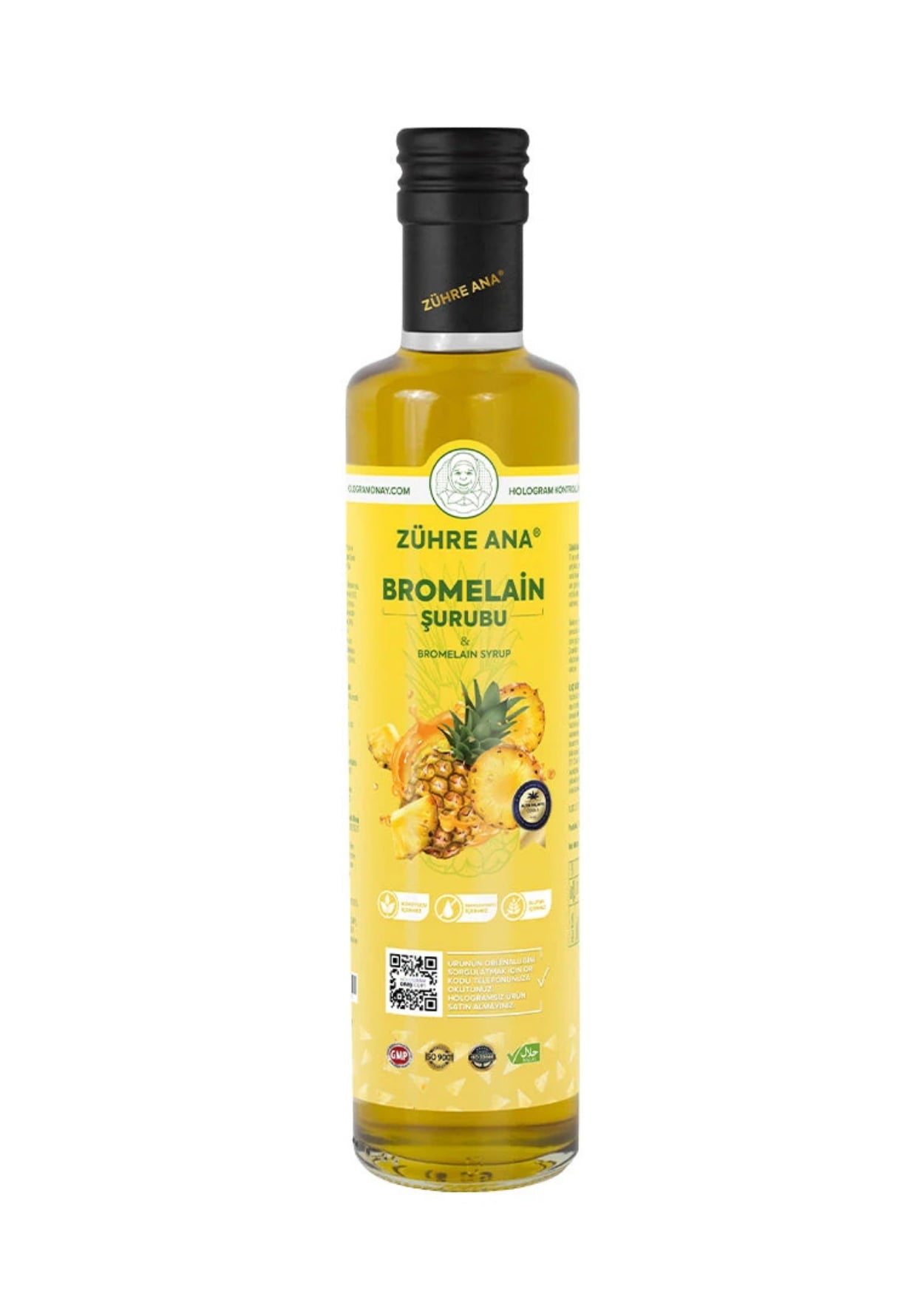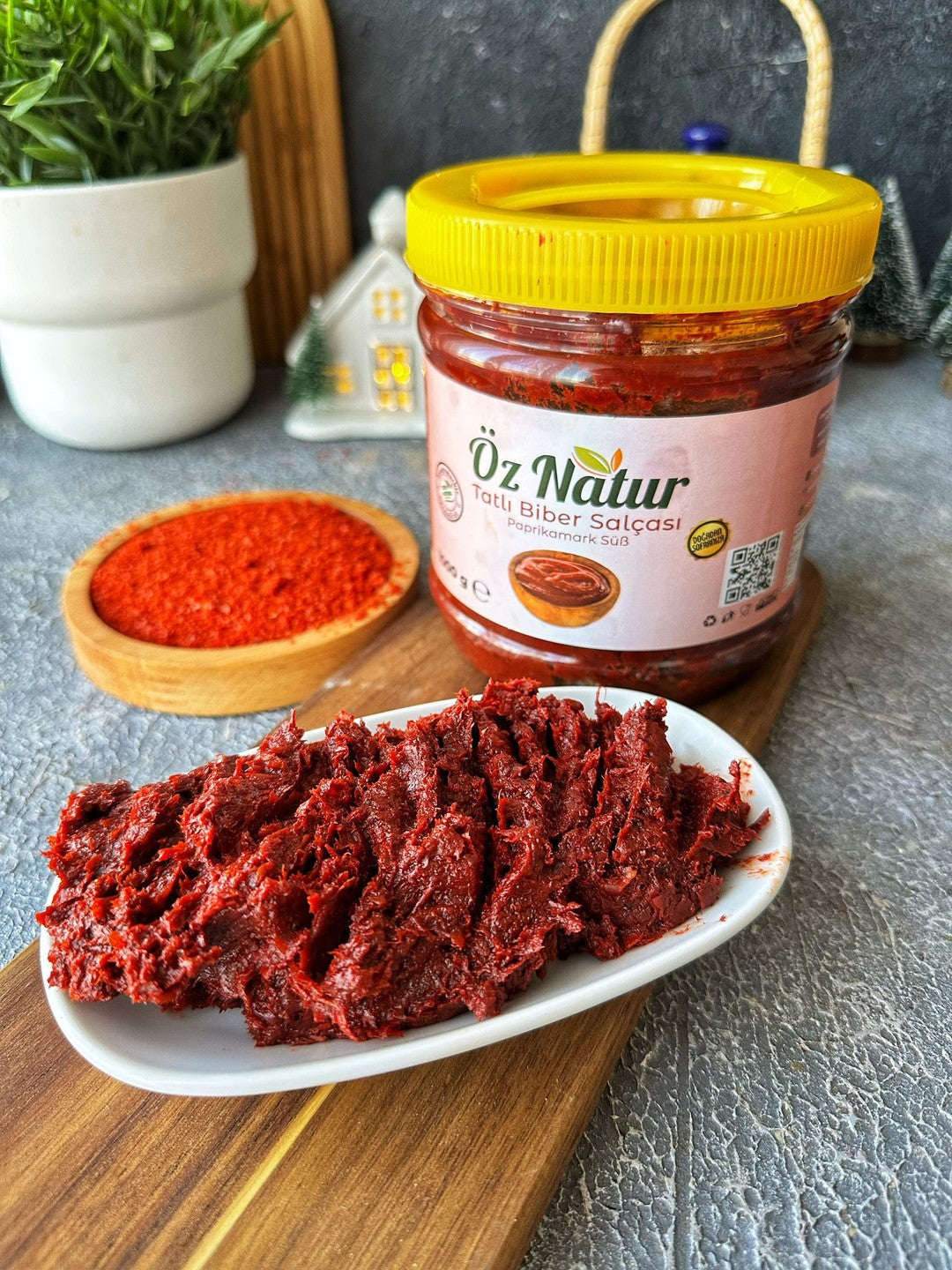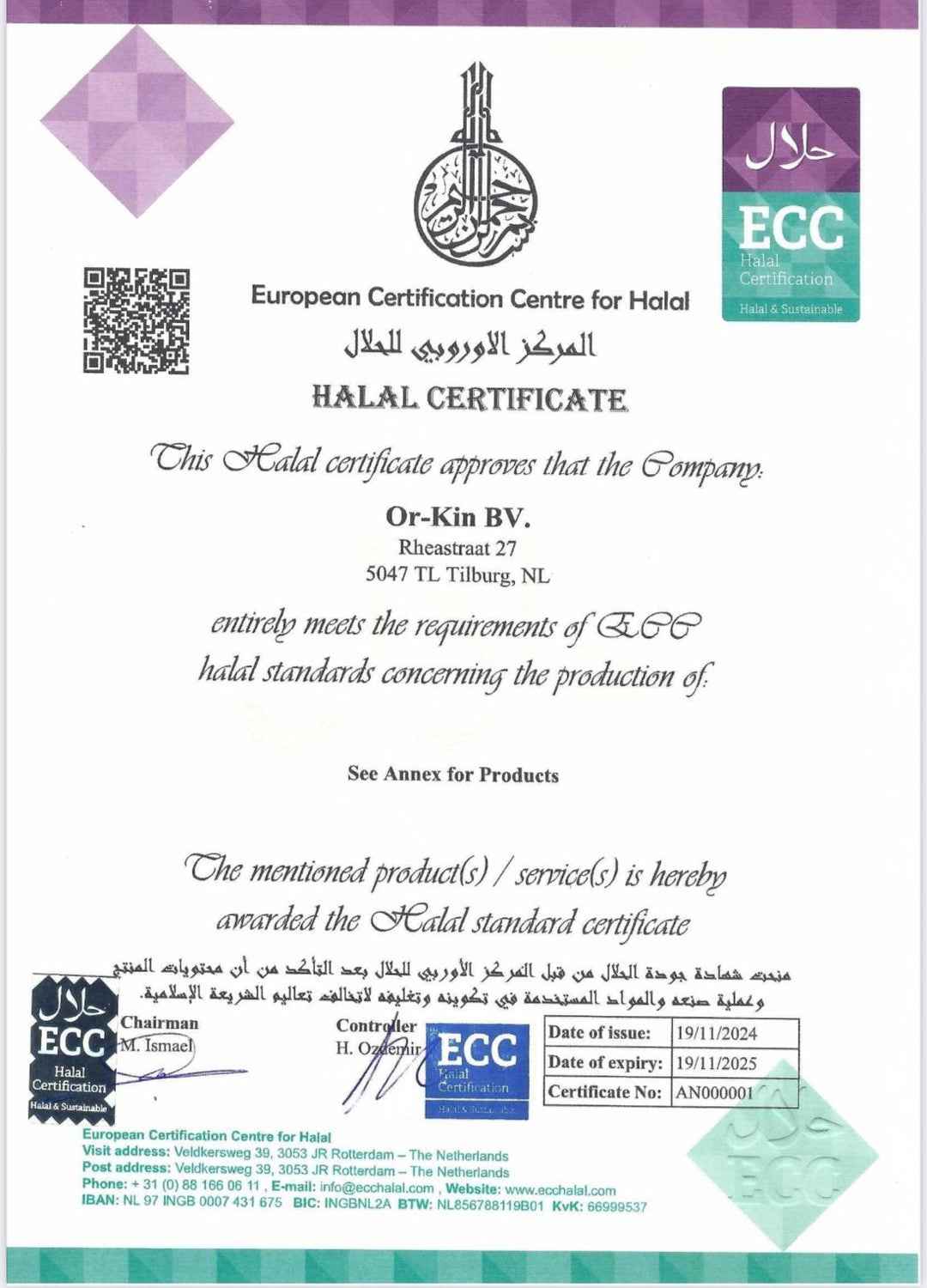Rosemary oil is an essential oil derived from the aromatic herb Rosmarinus officinalis, native to the Mediterranean region. With its sharp and herbaceous aroma, this oil has long been used in fragrance blends, personal care routines, and aromatic applications. Its refreshing scent and versatility make it a valued addition to many natural formulations.
How is Rosemary Oil Extracted?
Rosemary oil is typically obtained through steam distillation of the plant’s flowering tops. In this method, steam helps release the volatile components of the plant, which are then condensed and separated into oil and water. The resulting essential oil is usually clear to pale yellow in color and is highly aromatic. Due to its potency, rosemary oil is generally diluted with carrier oils such as coconut, jojoba, or almond oil before use.
Common Uses of Rosemary Oil
Rosemary oil is often used in personal care and aromatic practices. It should always be diluted before application. Below are several common ways it is used:
- Hair care: Add 4–5 drops of rosemary oil to 1 tablespoon of a carrier oil and massage into the scalp. Let it sit for 30 minutes before rinsing.
- Skin care: Mix 2–3 drops of rosemary oil with 1 teaspoon of jojoba oil and gently apply to clean skin.
- Aromatic use: Add a few drops into a diffuser to fill the room with a refreshing herbal aroma.
Precautions and Application Tips
Rosemary oil should not be applied directly to the skin without proper dilution, as it may cause irritation. It is advisable to perform a patch test before broader use.
The oil should not come into contact with eyes or open wounds and must be stored out of reach of children. As with all concentrated oils, using it in controlled and moderate amounts is recommended.
Always follow proper guidelines for essential oil use and adjust based on individual sensitivity and preferences.































